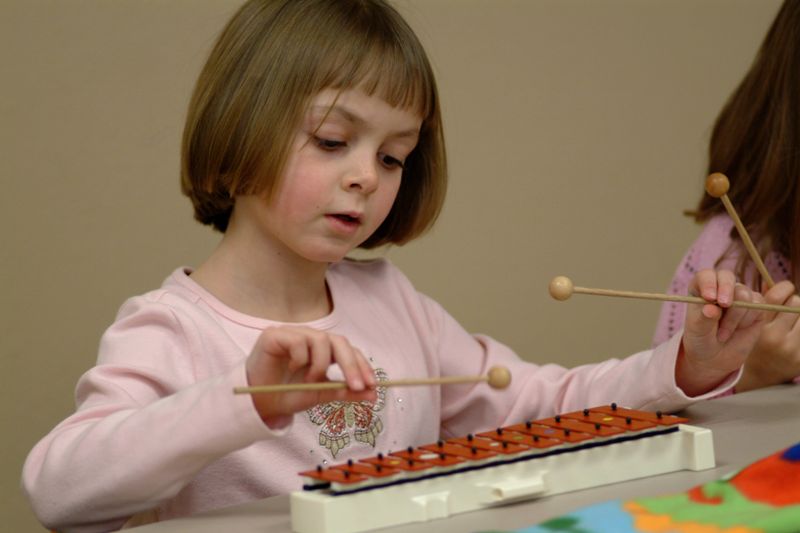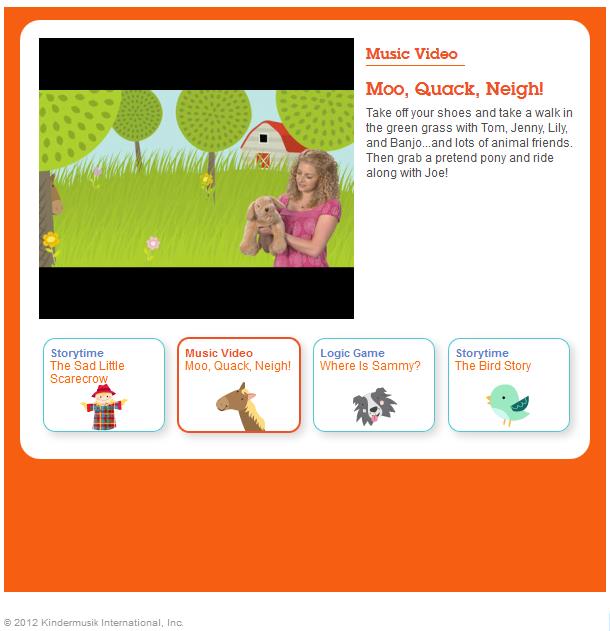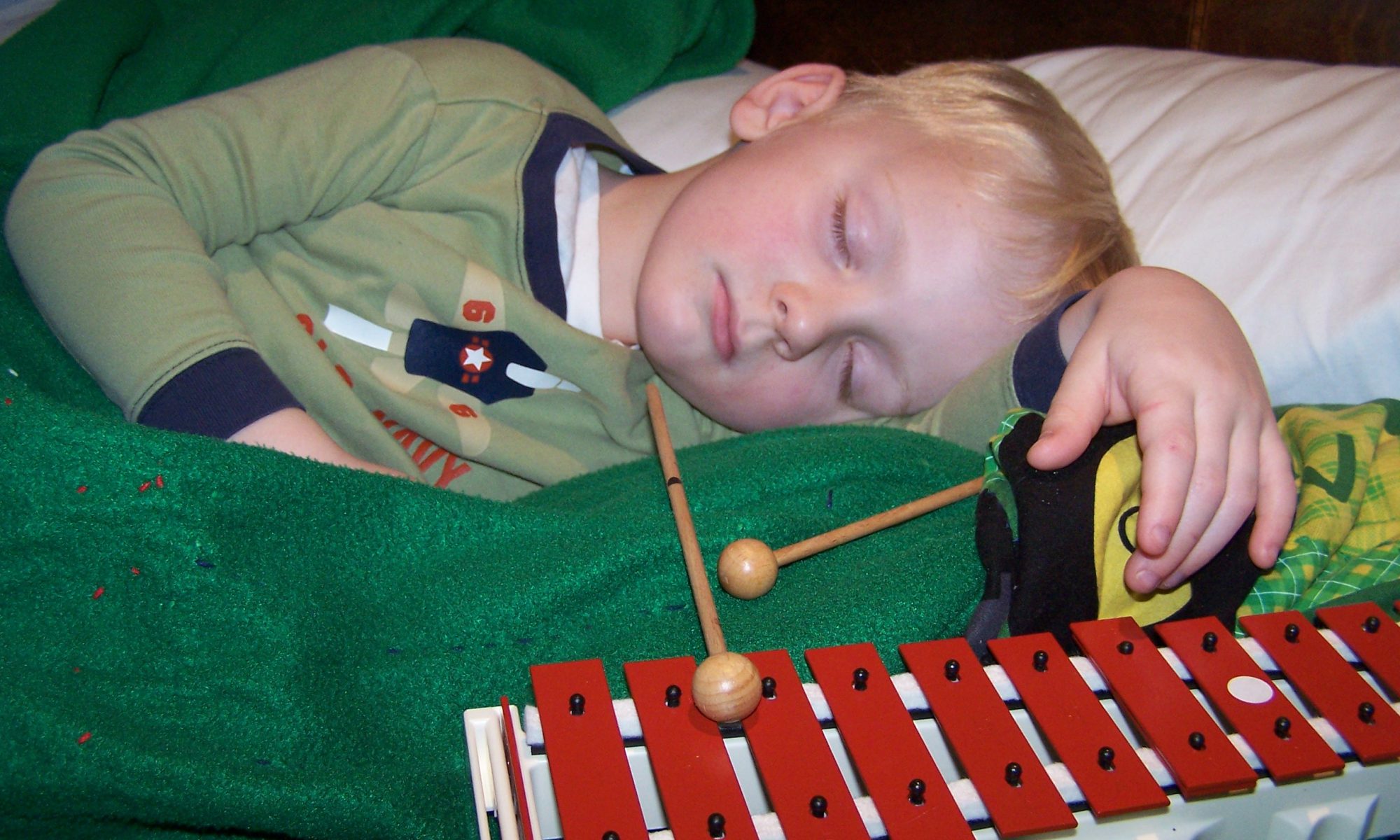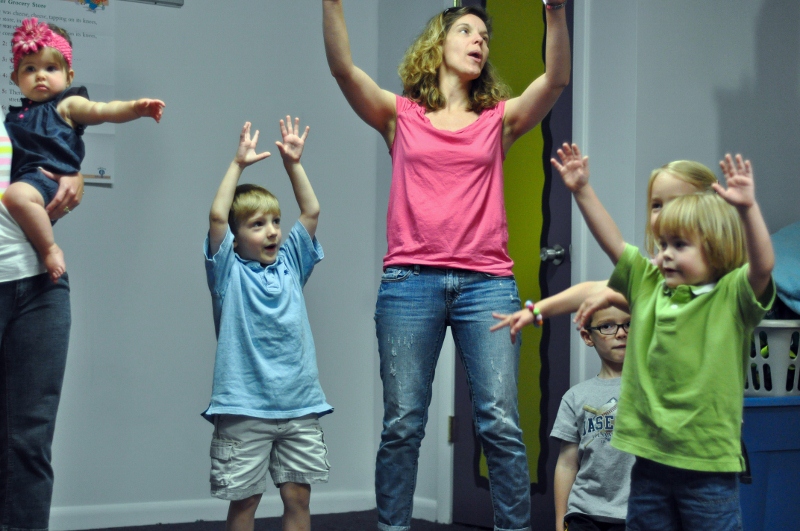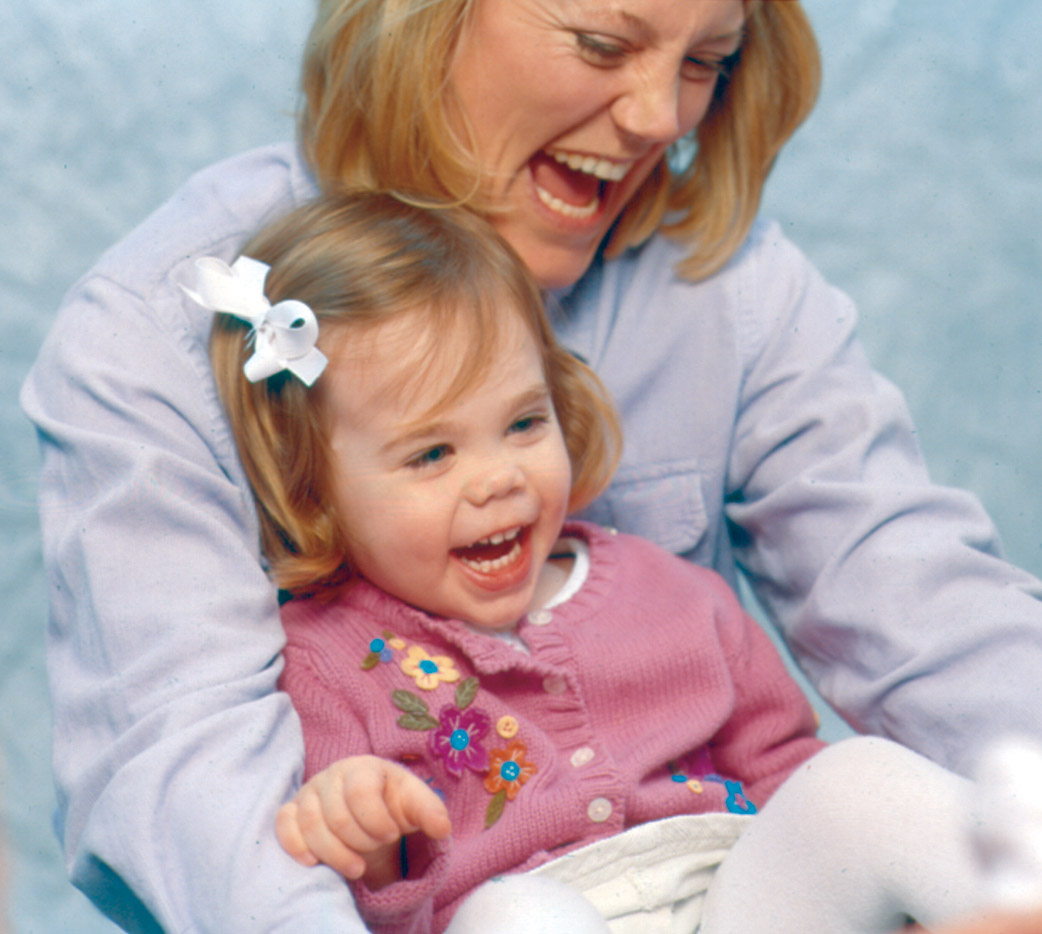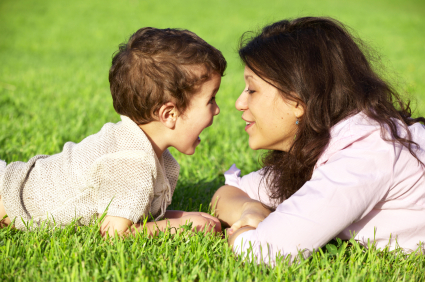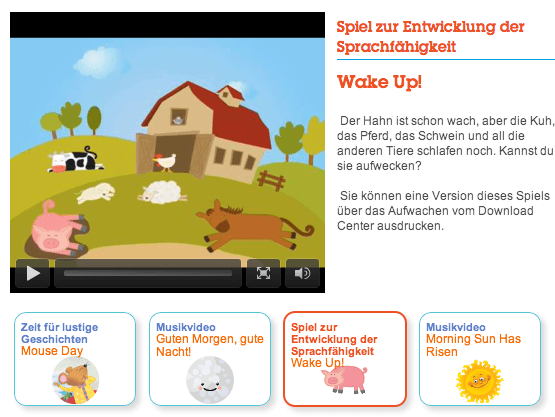 Nearly eight years ago, every employee-owner at Kindermusik International received an iPod with the engraving: “This changes everything. The potential is endless.” Over the years, we’ve experienced many changes in technology, music and early childhood education, parenting, and their connections to each other.
Nearly eight years ago, every employee-owner at Kindermusik International received an iPod with the engraving: “This changes everything. The potential is endless.” Over the years, we’ve experienced many changes in technology, music and early childhood education, parenting, and their connections to each other.
Smart phones, tablet devices, and eReaders—and iPods—did not permeate the everyday routines and rituals of the average family when we handed out those MP3 players. Now, they do in many cases. A new national study by the Center on Media and Human Development at Northwestern University set out to better understand how mobile devices, including mobile apps for kids, influence and change parenting and childhood in families with children newborn to eight years old. The study is based on an extensive survey of a nationally representative sample of more than 2,300 parents of children from birth to eight years old.
6 Key Takeaways from the “Parenting in the Age of Digital Technology” report:
-
Parents use media and technology as a tool for managing daily life, but books, toys, and other activities are used more often.
-
Parents still turn to family and friends for parenting advice far more often than to new media sources like websites, blogs, and social networks.
-
Parents are less likely to turn to media or technology as an educational tool for their children than to other activities. About two-thirds (62 percent) say they are very likely to point their child toward a book when looking for an educational opportunity and 41 percent to a toy or activity, compared to 15 percent who say the same about using the computer, 12 percent for TV, and 10 percent for a mobile device such as a smartphone.
-
Seventy-one percent of parents who say mobile devices help make parenting easier say it’s because there are lots of fun mobile apps for kids to keep them entertained, while a similar percent (68 percent) say it is because these tools have lots of educational activities for kids.
-
The media and technology use of parents help shape the media environment for the household, which influences how much time children spend with media.
-
Children’s use of media is not a top concern among parents with children eight and younger. However, parents do look ahead and worry about what the future holds when it comes to their children’s social skills. In addition, parents see a connection between media use and a lack of physical activity.
You can read the full report here: Parenting in the Age of Digital Technology by the Center on Media and Human Development at Northwestern University
Mobile apps for kids and Kindermusik@Home
 “It turns out parents use a range of tools to help them as parents, and these include new mobile screen devices like smartphones and tablets,” explained Alexis Lauricella, one of the study’s co-authors in an interview with the Fred Rogers Center for Early Learning and Children’s Media. “But even more regularly, parents are relying on more traditional tools like toys and activities to help them out.”
“It turns out parents use a range of tools to help them as parents, and these include new mobile screen devices like smartphones and tablets,” explained Alexis Lauricella, one of the study’s co-authors in an interview with the Fred Rogers Center for Early Learning and Children’s Media. “But even more regularly, parents are relying on more traditional tools like toys and activities to help them out.”
With Kindermusik@Home and our mobile apps for kids, parents receive the best of both worlds: hands-on educational activities for families to do together both on and away from digital devices. After all, we understand that in reality after the birth of a child, every family can say: “This changes everything. The potential is endless.” As a child’s first teacher, we want to help provide parents with the tools and activities–both inside and outside the classroom–to use music as the vehicle for learning and unlocking that potential.
Contact your local educator to learn more about enrolling in Kindermusik classes and receiving access to Kindermusik@Home.
 At Kindermusik, we intentionally provide resources, materials, music, and activities to support parent involvement in early childhood education. Now, this October, you can show us how you extend the magic and music of Kindermusik into your home for a chance to win!
At Kindermusik, we intentionally provide resources, materials, music, and activities to support parent involvement in early childhood education. Now, this October, you can show us how you extend the magic and music of Kindermusik into your home for a chance to win!
